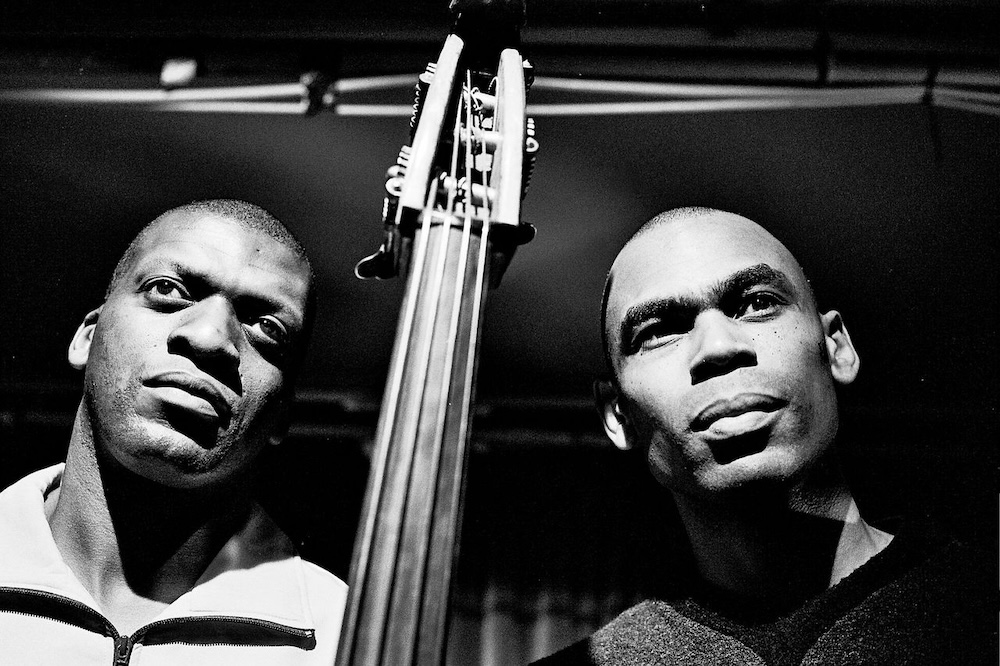Cover Art And Correctness

Bumbling along on my way to work, staring out the window of the 22 as legions of commuters scootered their way down the pavement below me as though that is now somehow socially acceptable I found solace in Optimo’s NTS Radio show from a few weeks back. Around the 25 minute mark Jonnie described the cover of Alex Smoke’s ‘Love Over Will’ somewhat sheepishly as ‘quite an image’, which after a slightly foolish Google search I can confirm was a pretty spot on statement. I can also confirm that a busy office is not the place to undertake such a search, so learn from my mistake kids.
As I arrived in the safer surroundings of my bedroom I took another look at it and well, it’s quite an image. As far as record sleeves go it definitely makes a statement but just what that statement is I’m not sure. I’m not sure that there’s even supposed to be a statement, or is that a statement in itself? Once the image was safely burned into my retinas I thought that that is what a record sleeve should be, even if I see the image once more every time I close my eyes.
Record sleeves should be something your parents find underneath your bed and cower in horror at what their son or daughter have become, sitting you around the dinner table trying to understand what went wrong. At the time of Sgt. Peppers Lonely Hearts Club Band people were outraged at the image of Aleister Crowley and Karl Marx standing alongside The Beatles, while tin hat wearers still firmly believe that the cover held hidden signs pointing towards a theory that Paul McCartney had in fact died in 1966. A quick browse online lists reams of banned artworks from across the years, from NoFX’s ‘Heavy Petting Zoo’ depicting a man locked in a heartwarming embrace of fellatio with a sheep to pretty much anything that emerged from the Post-Punk and DIY scenes in the 70s.

If a record sleeve falls under the category of provocative, thought-provoking, insulting, inspirational, sordid or any other emotion that instills fear, happiness or shock then it has done its job. The golden age of the record sleeve, in my humble opinion at least, came throughout the Disco and Italo prime throughout the late-60s and 70s. Révelacion's ‘Don’t Give A Damn’, Sylvester’s ‘You Make Me Feel’, Kay Gee’s ‘Burn Me Up’ and Wild Cherry’s, erm, ‘Wild Cherry’ to name all but a few not only mirrored the sexually provocative and LGBT liberating feeling at the time but in some part drove it. Within fifteen years attitudes towards the LGBT community went from this to having the Village People’s ‘Macho Man’ adorning the players of every house in middle America. There have of course been iconic sleeves since then that have broken boundaries, Peter Saville and Factory Records, Sex Pistols and Baltimora’s Tarzan Boy are prime examples right there, but it’s hard to find another point in history where a simple record sleeve has transcended not only the landscapes of pop culture but has inspired change in social and political issues too. Right now we’re in one of those moments.
Outside of the relatively uncensored world of underground music I make this comparison in the commercial sense, and although a somewhat obvious choice without a doubt the biggest critical, commercial and universal album of 2015 was undoubtedly Kendrick Lamar’s ‘To Pimp A Butterfly’. Topping end of year lists from Pitchfork, The Guardian and Rolling Stone to even The fucking Telegraph the sleeve image depicting a group of black men (and the occasional woman but that’s a different conversation entirely) in front of the White House with a dead politician at their feet was a bold and confrontational image no matter what your opinion on it was. I use Kendrick as both a primary and unique example of someone who a huge variety of people have an opinion on but where those opinions more often than not speak about Kendrick’s political and social speakings alongside just his music, something gained through his music and lyricism (obviously) but personified perfectly in one, simple image.

Of course for every Kendrick there’s four times as many pastel pink covers from The 1975 adorned with some meaningless message portrayed as a poetic ode to love, or a close up of the next Brit Critics Choice awards’ emotionless face staring back at you from underneath a token hat of some description. On the other end of the spectrum though you have the likes of Flying Lotus enlisting manga artist Shintaro Kago to personify You’re Dead in graphically macabre glory or, well, the sight of Alex Smoke furiously tugging at himself with the sexual energy of a 60 year old Navy General high on room odourisers. My point is is that whatever the reason, whether heightened political interest from the young or that the tools to create have become a lot more readily available, we’re at a point once again where art and music is changing American politics once again, not just being inspired by it. Let’s just hope the British voice isn’t Coldplay.


















Must Reads
David Holmes – Humanity As An Act Of Resistance in three chapters
As a nation, the Irish have always had a profound relationship with the people of Palestine
Rotterdam – A City which Bounces Back
The Dutch city is in a state of constant revival
Going Remote.
Home swapping as a lifestyle choice
Trending track
Vels d’Èter
Glass Isle
Shop NowDreaming
Timothy Clerkin
Shop Now